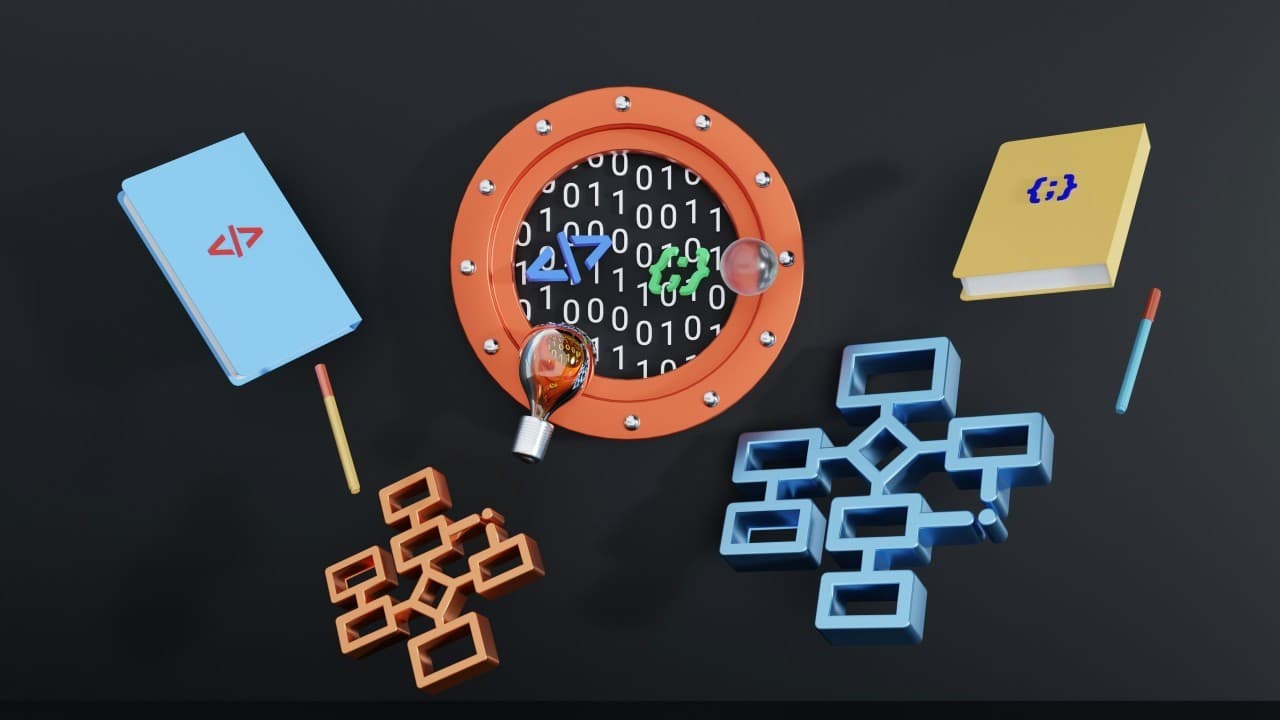
From Agreement Documents to Living, Computable Rules
Provider-payer contracts are where healthcare economics break down. Thousand-page agreements, nested fee schedules, conflicting amendments, and temporal overlaps create an operational nightmare that costs the industry billions in payment leakage, disputes, and manual reconciliation.
nēdl labs' Contract Library transforms these contracts into executable, versioned rules with clause-level provenance---making every reimbursement decision traceable to the exact contract paragraph, exhibit, and effective date.
It is the shift from "interpret and reconcile" to "verify and execute".
Challenges in Automating Provider--Payer Contracts
- Structural sprawl: Fee schedules in multi-tab sheets; prose DRG carve-outs; scattered modifier/POS/TOB rules; bundling logic across sections.
- Temporal churn: Overlapping effective dates; partial amendments; retro/prospective rate updates; anniversary escalators; grace-period overlaps.
- Amendment tangle: Daisy-chained changes; ambiguous supersessions; manual, inconsistent versioning; no canonical "current state."
- Semantic ambiguity: Vague terms ("reasonable & customary"); context-bound exclusions (e.g., "Modifier 62 not eligible" only for some procedures); carve-outs with exceptions; variable stop-loss triggers.
Manual interpretation becomes the bottleneck, driving inconsistent adjudication and costly rework.
The Contract Library: Contract Compliance as Executable Code
Turn provider--payer agreements into rules you can execute, inspect, and prove, with full provenance and time awareness.
Model
- Reimbursement methods: MS-DRG (% of IPPS, case rates), CPT/HCPCS (RBRVS/custom), per diem, APC, and capitation.
- Financial & modifiers: Modifier impacts/exclusions, multiple-procedure discounts, bilateral/assistant surgeon rules, anesthesia units.
- Carve-outs & exceptions: DRG/procedure case rates, high-cost outliers, device pass-throughs, emergency differentials.
- Volume/quality: Tiered pricing, P4P bonuses/penalties, readmission/LOS adjustments.
- Admin constraints: POS/TOB, frequency limits, documentation, timely filing, submission formats.
- Temporal controls: Effective/sunset dates, escalators, retro/prospective updates, amendment supersession, and grace periods.
Delivery
- Executable logic: Real-time pre-pay checks, batch post-pay audits, PA decision support, provider-portal calculations.
- Clause-level provenance: Rule ↔ section/page/paragraph; version lineage; supersession chains; exhibit/rate cross-refs.
- Version management: Full history, "rate on DOS?" temporal queries, diffs, and conflict detection.
- Evidence packs: Plain-English rationale, exact citations, step-by-step calculations---audit-ready.
One source of truth that computes the allowed amount, explains why, and holds up in audits.
Neural--Symbolic Architecture
Neural networks are great at finding patterns in messy contracts, but they can't guarantee compliance with explicit terms; rule engines are precise and auditable, but brittle when language is ambiguous.
Nēdl Labs' Contract Library fuses both---Guided AI, rules, and a Knowledge Graph---so contract text becomes executable, version-aware logic. Schema-constrained prompting extracts typed fields (rates, modifiers, effective dates), a symbolic engine verifies and executes them against code sets and precedence, and a knowledge graph preserves lineage across amendments and exhibits.

Faster decisions, defensible, repeatable, and transparent. Contracts become rules you can trust.
Preventing Contract--Amendment Drift
Multi-year contracts accrete amendments that conflict, overlap in time, break exhibit references, and "partially supersede" without specifics, so adjudication quietly drifts from intent.
Typical failure modes
- Conflicts: "Modifier 62 excluded" vs. later "except cardiovascular."
- Temporal overlaps: Effective 2025-01-01 but signed 2025-02-15. GAP in January?
- Reference rot: Exhibit C is replaced, but other clauses still point to it.
- Partial supersession: Vague "supersedes conflicting provisions."
How the Contract Library prevents drift
- Version lineage (per rule): Base contract → introducing amendment → subsequent modifiers → current status (active/superseded/suspended); fully queryable as of date of service (DOS).
- Conflict detection (graph checks): Flags contradictory rules, overlapping effective windows, orphaned references, and ambiguous supersession; routes to SME review.
- Temporal resolution: Reconstructs the exact contract state for any DOS, handles retroactive changes, and supports what-if comparisons (e.g., prior amendment).
- Change-impact analysis: Identifies affected rules, estimates financial impact, queues reprocessing for paid claims, and generates targeted adjudicator training.
- Diff visualization: Side-by-side text/number deltas (e.g., ortho case rate $30,000 → $32,500; add Mod-59 exclusion; stop-loss $150k → $175k).
Single computable source of truth, updates propagate instantly, audits reconcile cleanly, and disputes don't start.
The Path Forward: Contracts to Executable Intelligence
Millions of claims, thousands of contracts, constant amendments, tighter regs, and rising transparency expectations mean storing contracts isn't enough. Winners won't file them better; they will execute them faster & better.
It is now a computability problem, not a storage problem.
The executable contract ecosystem
- Negotiation intelligence: surface favorable/unfavorable terms from historicals.
- Dynamic optimization: simulate amendment impact before signing.
- Provider benchmarking: compare terms for equity and consistency.
- Predictive analytics: forecast performance from claims/population trends.
- Automated reconciliation: detect/resolve variances without manual review.
- Multi-payer coordination: consistent interpretation across payers.
Move from PDFs to proofs---from "document management" to contract computation that's fast, precise, and interoperable.
Closing Thought: Compliance with Speed and Explainability
This is not about replacing judgment; instead, it is about augmenting the expert coder with scale and speed.
- SMEs: verify the encoding; the system scales their expertise across millions of claims.
- Adjudicators: decide tough cases faster with instant, in-context contract logic.
- Provider relations: resolve disputes with clause-level evidence packs, not opinions.
- Impact: faster processing, fewer errors, reduced leakage, happier providers, lower admin cost, and interoperability by design.
Make contracts executable, versioned, and provable; turn compliance from a cost center into a competitive edge.
Workflow integration: typical use cases
Pre-payment (real-time)
- Identify contract (NPI → active agreement)
- Retrieve rules for date of service (DOS)
- Validate compliance (POS/TOB, documentation, limits)
- Compute allowed amount (carve-outs → base → modifiers → bundling/outliers)
- Emit evidence pack (citations + stepwise math) to portals/APIs
- Auto-pay when confidence ≥ threshold
Post-payment audit (batch)
- Recompute allowed using the actual version-on-DOS
- Flag variances; bucket: clerical, misapplied rule/version, missing amendment, legitimate exception
- Generate recoveries/adjustments plus evidence packs
- Track overturn rates to uncover systemic issues
Prior authorization decision support
- Pull contract terms for requested services
- Check coverage and requirements (documentation, limits, carve-outs)
- Surface constraints ("peer-to-peer," "12/yr," etc.)
- Inform reviewer with contract context --- FHIR-ready for CMS PA APIs
Appeals & provider relations
- Return the payment record with clause-level citations and stepwise calculations
- Compare against the provider's interpretation to resolve precisely
faster, lower-abrasion resolutions
Share this article
About the author
Founder Nedl Labs | Building Intelligent Healthcare for Affordability & Trust | X-Microsoft, Product & Engineering Leadership | Generative & Responsible AI | Startup Founder Advisor | Published Author
Most Recent
Top Articles
Also See

Enterprise GTM: The Essential Shift for Scaling

From Recovery to Prevention: A Trust-First Blueprint for Payment Integrity

Enterprise Product Sense: Why Consumer Intuition Fails in B2B: What Works Instead

DRG Review After Payment

The Anatomy of Product Sense







